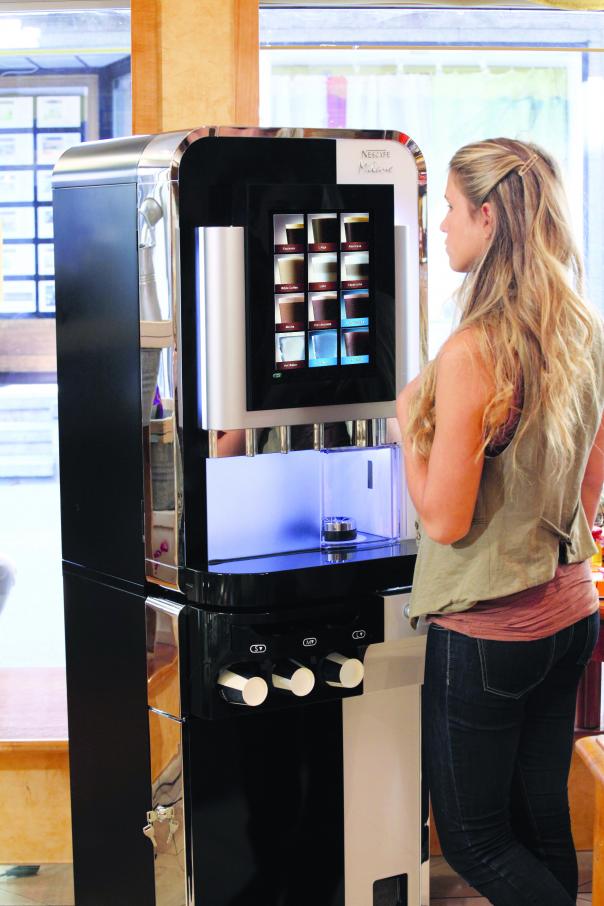
Is the out of home coffee market facing any challenges and opportunities?
Research shows that somewhere in the region of 99 million ‘lost’ coffee sales in the OOH market can be attributed to poor quality; consumers have high expectations and are happier to go without than compromise.
The simple fact of the matter is that the traditional barista format will be unlikely to cope with the British public’s ongoing love affair with coffee; like-for-like sales growth of speciality coffees has seen a rise of 3.5% in just 12 months and this is predicted to continue rising, aligned to an increasingly complex demand for flavours and variants.
This not only presents a great opportunity for the operator who can improve both revenue and margins but also a challenge directly relating to consistency, particularly those operating multiple sites. As such, many restaurants fail to extract full value from the consumer due to the complexity of the operations and the level of training and support required to do so consistently when staff turnover is high.
What is emerging in the coffee machine sector that could affect operators?
Leaps and bounds have been made in the past few years in the machine sector; huge innovations in the industry have seen the development of machines that come as close to producing barista style coffees as possible. We are now also seeing the next step in the evolution of automated technology, which is taking inspiration from up-to-the-minute technology such as touch screens, which engage the consumer and encourage them to interact and customise their drink. This cutting-edge technology enables consumers to choose from 15 beverage options and up to 400 possible drink combinations, be that an extra shot of coffee or chocolate, skimmed milk over semi skimmed or a choice of three cup sizes. It also gives the calorie count for each beverage.
And this technology application is not just about consumer engagement. Premium self-serve machines are increasingly linked to telemetry or other wireless tracking devices to improve the operational efficiency of resources deployed to maintain the equipment in the field, access sales data and manage stock control. These new added benefits to operators are likely to increasingly become the norm as the technology is rolled out, leaving them with extra time to develop their business in other ways.
In your opinion, how does coffee from a machine compare to one made from a barista?
In reality, a coffee has to be created from the machine. The variant is operational simplicity. A great barista will of course deliver a fantastic coffee experience. But the number of real good baristas in the UK is limited. The role of the machine and the services provide by suppliers to help the operator simplify is the enabler that allows great coffee to be experienced on a broader platform across the UK and not simply limited to high street coffee chains.
When using coffee machines, what are the advantages and disadvantages to the consumer and to the operator?
The role of the machine is to fulfill a desire from the consumer. If it fulfils the demands for complexity and breadth of consumer choice whilst simplifying and enabling the operator to consistently great drinks, then everyone wins.
Where is the out of home coffee market heading?
The British love affair with coffee currently has no end in sight, and it is expected that the OOH coffee market will continue to buck the recession and see year-on-year growth. In part this is actually down to the economic downturn as consumers seek to treat themselves in little ways; speciality coffee is a relatively low cost product that isn’t easily reproduced at home.
What are operators mainly looking for?
Simplicity; how can they can maximise the revenue opportunity, minimise cost exposure and drive profitability whilst capitalising on the growing consumer trend for hot beverages and choice.